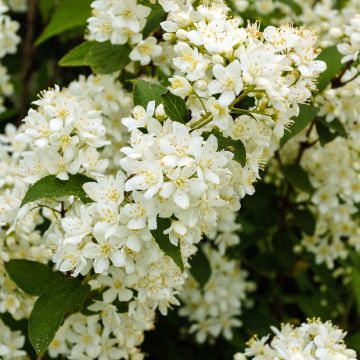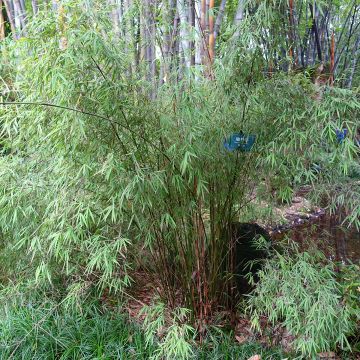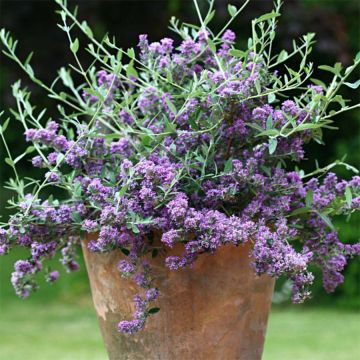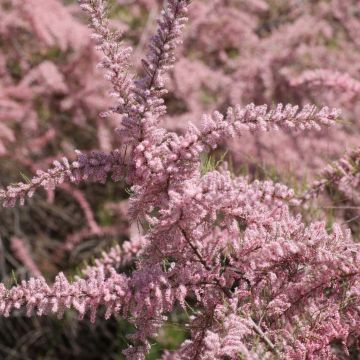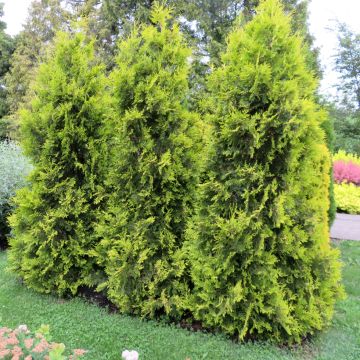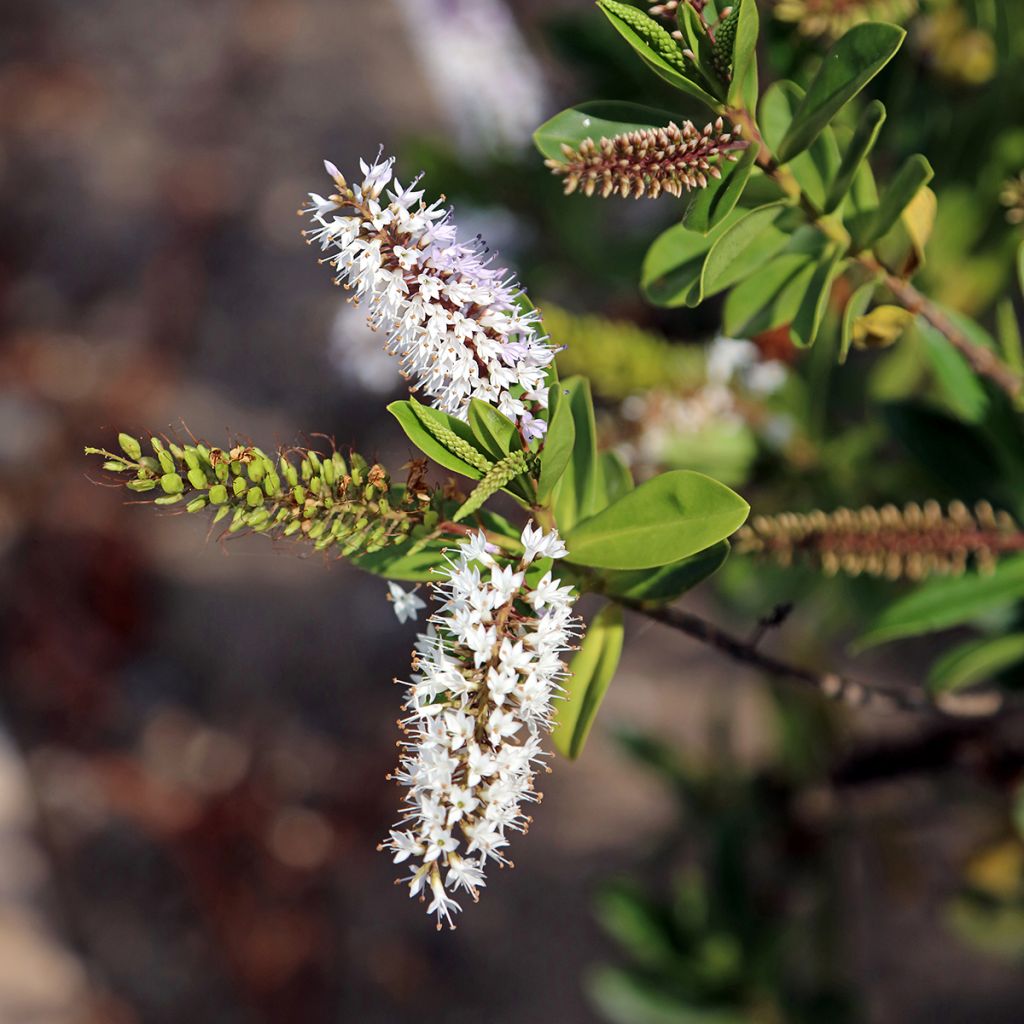

Hebe brachysiphon
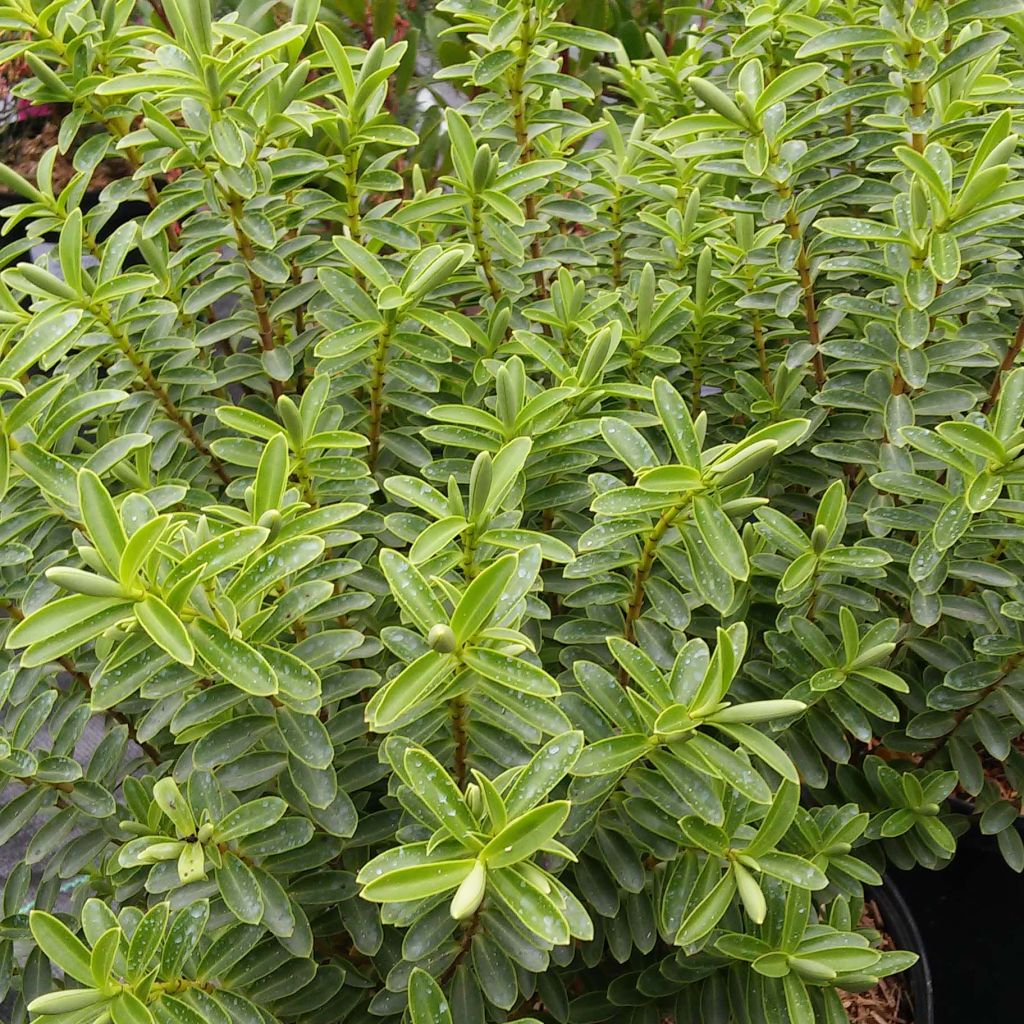

Hebe brachysiphon
Hebe brachysiphon
Hebe brachysiphon
Shrubby Veronica, Speedwell shrub
Catastrophic condition of the young plant: midribs on one side only. Gives the impression of an old dying plant. Very disappointed.
Anne, 29/09/2020
Special offer!
Receive a €20 voucher for any order over €90 (excluding delivery costs, credit notes, and plastic-free options)!
1- Add your favorite plants to your cart.
2- Once you have reached €90, confirm your order (you can even choose the delivery date!).
3- As soon as your order is shipped, you will receive an email containing your voucher code, valid for 3 months (90 days).
Your voucher is unique and can only be used once, for any order with a minimum value of €20, excluding delivery costs.
Can be combined with other current offers, non-divisible and non-refundable.
Home or relay delivery (depending on size and destination)
Schedule delivery date,
and select date in basket
This plant carries a 24 months recovery warranty
More information
We guarantee the quality of our plants for a full growing cycle, and will replace at our expense any plant that fails to recover under normal climatic and planting conditions.
Would this plant suit my garden?
Set up your Plantfit profile →
Description
Hebe brachysiphon or Veronica brachysiphon is a very bushy species of hebe, appreciated in oceanic or maritime climates for its resistance to spray, its dense and regular habit in a compact ball shape, and for the graphic design of its foliage, arranged in a very geometric manner along the branches. In early summer it produces short spikes of white flowers, very bright against foliage of beautiful glossy olive green. This evergreen shrub, suited to mild climates, has a real presence in low hedges, sunny borders, or in a large pot on the terrace.
Hebe brachysiphon belongs to the family of Plantaginaceae, like its perennial veronica cousins. This plant is a botanical species native to the Marlborough, Canterbury, and Red Hills Ridge mountains, located in northeastern New Zealand. Its natural habitat is subalpine, with an oceanic climate and a sandy, non-calcareous soil. This branching shrub has a dense, rounded habit, reaching about 1m (3 ft 4 in) in height and 80cm (1 ft) in diameter. With favourable climatic and soil conditions, this hebe can grow up to 1.50m (5 ft) in height. The branches bear evergreen foliage composed of ovate to elliptical, entire, leathery leaves, measuring about 2-3cm (0.8-1.2 in) in length and 6mm (0.2 in) in width. Their colour is olive green, slightly lighter at the edges. They are inserted in a very symmetrical and regular manner on the branches. Flowering takes place from May to July, depending on the climate, for about 3 weeks. The floral spikes, short and stocky, appear at the tips of the branches. They consist of small white flowers with prominent stamens.
With slow growth and relative hardiness (down to -10°C (14 °F)), Hebe plants are generally grouped with perennials because their usage is closer to that of perennials than shrubs. The brachysiphon species, however, has sufficient development to be included, in mild climates, among other flowering shrubs. Its summer flowering goes well with buddleias, in a mix of colours, as does its foliage, which is sometimes tinged with silver. In a seaside garden, low and well-maintained hedges can be created (where one might choose boxwood in a more continental climate). It can be combined with e.g. Escallonia, Myrtus, Oleanders, Evergreen Ceanothus, Callistemons, or even mimosas. Elsewhere, Hebe plants can be grown in large pots on the terrace, to be stored in a bright, unheated room during winter.
Report an error about the product description
Hebe brachysiphon in pictures
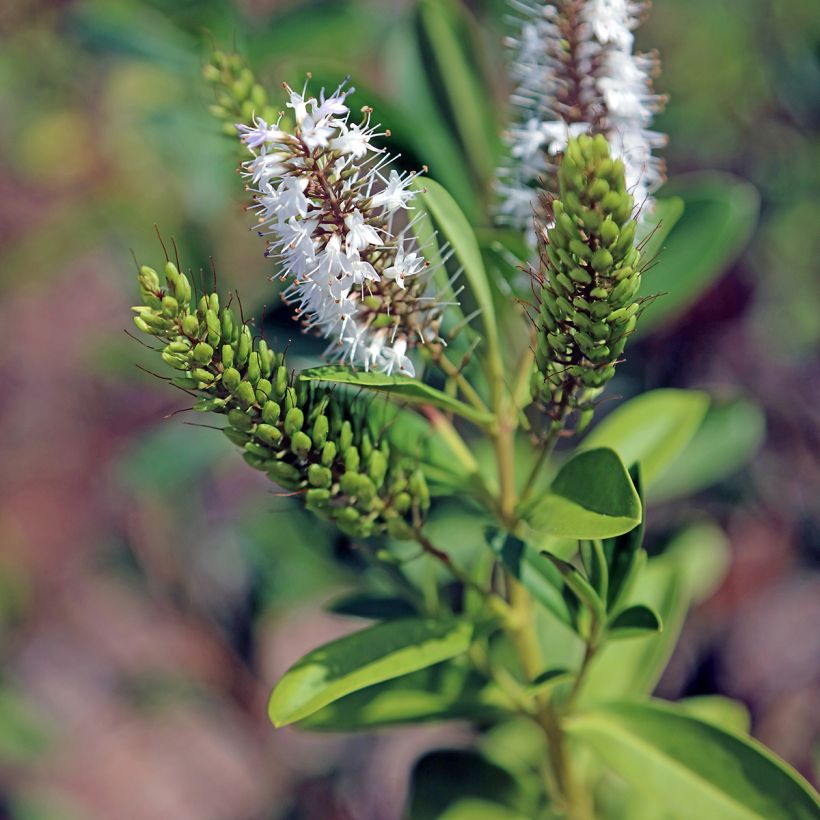

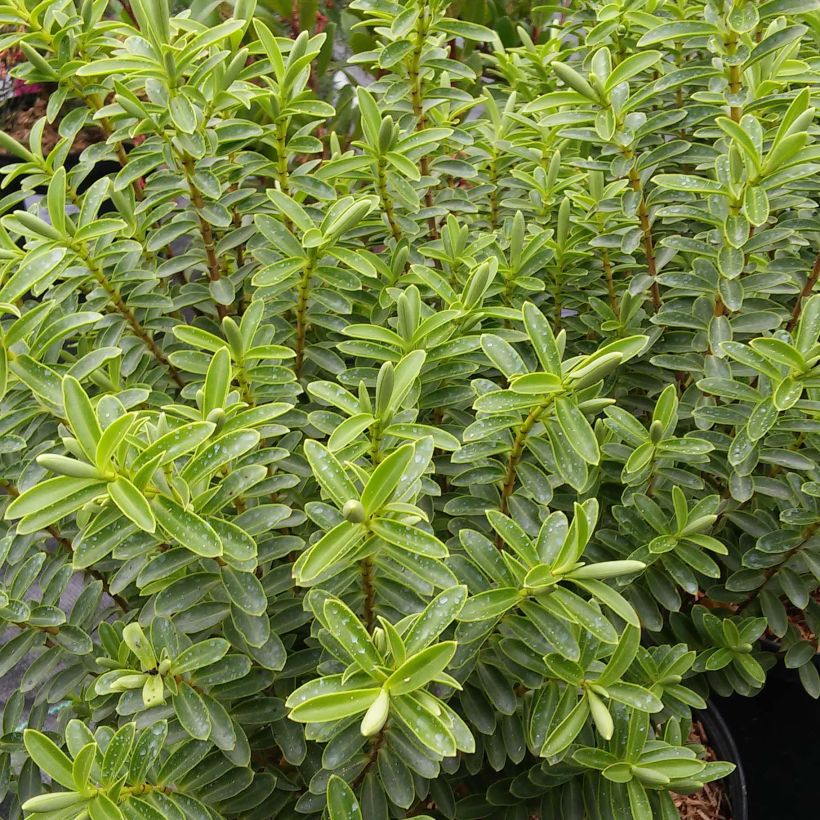

Plant habit
Flowering
Foliage
Botanical data
Hebe
brachysiphon
Scrophulariaceae
Shrubby Veronica, Speedwell shrub
Oceania
Planting and care
Hebe brachysiphon is preferably planted in spring in a cool climate, or in October in warmer regions. It prefers a sunny site and well-drained, even sandy soil, light, non- or only slightly calcareous, sufficiently deep and well-tilled, remaining just moist in summer. This plant tolerates sea spray well. In gardens with heavy soils and a wet climate, Hebes should be reserved for rockeries, gravel gardens or sloping banks. It enjoys a rich soil that is always well-drained. In the colder regions of Northern Europe it is necessary to protect these shrubs during winter or cultivate them in pots, bringing them indoors during periods of freezing weather. As they grow, pruning with hedge shears can be useful to maintain a dense and compact habit and a neat appearance. Proceed in March-April, at the start of the growing season, by removing up to two thirds from the length of the branches.
Planting period
Intended location
Care
-
, onOrder confirmed
Reply from on Promesse de fleurs
Similar products
Haven't found what you were looking for?
Hardiness is the lowest winter temperature a plant can endure without suffering serious damage or even dying. However, hardiness is affected by location (a sheltered area, such as a patio), protection (winter cover) and soil type (hardiness is improved by well-drained soil).

Photo Sharing Terms & Conditions
In order to encourage gardeners to interact and share their experiences, Promesse de fleurs offers various media enabling content to be uploaded onto its Site - in particular via the ‘Photo sharing’ module.
The User agrees to refrain from:
- Posting any content that is illegal, prejudicial, insulting, racist, inciteful to hatred, revisionist, contrary to public decency, that infringes on privacy or on the privacy rights of third parties, in particular the publicity rights of persons and goods, intellectual property rights, or the right to privacy.
- Submitting content on behalf of a third party;
- Impersonate the identity of a third party and/or publish any personal information about a third party;
In general, the User undertakes to refrain from any unethical behaviour.
All Content (in particular text, comments, files, images, photos, videos, creative works, etc.), which may be subject to property or intellectual property rights, image or other private rights, shall remain the property of the User, subject to the limited rights granted by the terms of the licence granted by Promesse de fleurs as stated below. Users are at liberty to publish or not to publish such Content on the Site, notably via the ‘Photo Sharing’ facility, and accept that this Content shall be made public and freely accessible, notably on the Internet.
Users further acknowledge, undertake to have ,and guarantee that they hold all necessary rights and permissions to publish such material on the Site, in particular with regard to the legislation in force pertaining to any privacy, property, intellectual property, image, or contractual rights, or rights of any other nature. By publishing such Content on the Site, Users acknowledge accepting full liability as publishers of the Content within the meaning of the law, and grant Promesse de fleurs, free of charge, an inclusive, worldwide licence for the said Content for the entire duration of its publication, including all reproduction, representation, up/downloading, displaying, performing, transmission, and storage rights.
Users also grant permission for their name to be linked to the Content and accept that this link may not always be made available.
By engaging in posting material, Users consent to their Content becoming automatically accessible on the Internet, in particular on other sites and/or blogs and/or web pages of the Promesse de fleurs site, including in particular social pages and the Promesse de fleurs catalogue.
Users may secure the removal of entrusted content free of charge by issuing a simple request via our contact form.
The flowering period indicated on our website applies to countries and regions located in USDA zone 8 (France, the United Kingdom, Ireland, the Netherlands, etc.)
It will vary according to where you live:
- In zones 9 to 10 (Italy, Spain, Greece, etc.), flowering will occur about 2 to 4 weeks earlier.
- In zones 6 to 7 (Germany, Poland, Slovenia, and lower mountainous regions), flowering will be delayed by 2 to 3 weeks.
- In zone 5 (Central Europe, Scandinavia), blooming will be delayed by 3 to 5 weeks.
In temperate climates, pruning of spring-flowering shrubs (forsythia, spireas, etc.) should be done just after flowering.
Pruning of summer-flowering shrubs (Indian Lilac, Perovskia, etc.) can be done in winter or spring.
In cold regions as well as with frost-sensitive plants, avoid pruning too early when severe frosts may still occur.
The planting period indicated on our website applies to countries and regions located in USDA zone 8 (France, United Kingdom, Ireland, Netherlands).
It will vary according to where you live:
- In Mediterranean zones (Marseille, Madrid, Milan, etc.), autumn and winter are the best planting periods.
- In continental zones (Strasbourg, Munich, Vienna, etc.), delay planting by 2 to 3 weeks in spring and bring it forward by 2 to 4 weeks in autumn.
- In mountainous regions (the Alps, Pyrenees, Carpathians, etc.), it is best to plant in late spring (May-June) or late summer (August-September).
The harvesting period indicated on our website applies to countries and regions in USDA zone 8 (France, England, Ireland, the Netherlands).
In colder areas (Scandinavia, Poland, Austria...) fruit and vegetable harvests are likely to be delayed by 3-4 weeks.
In warmer areas (Italy, Spain, Greece, etc.), harvesting will probably take place earlier, depending on weather conditions.
The sowing periods indicated on our website apply to countries and regions within USDA Zone 8 (France, UK, Ireland, Netherlands).
In colder areas (Scandinavia, Poland, Austria...), delay any outdoor sowing by 3-4 weeks, or sow under glass.
In warmer climes (Italy, Spain, Greece, etc.), bring outdoor sowing forward by a few weeks.


































